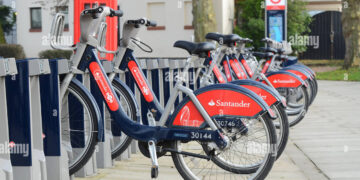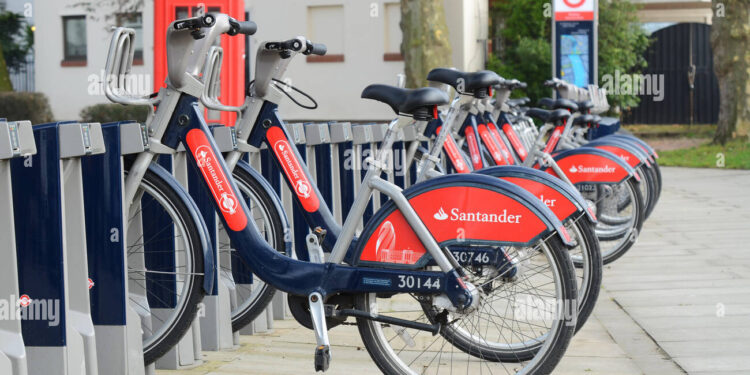How London’s Bike Scheme Transformed
The term “Boris Bicycle”, often shortened to “Boris Bike,” refers to the public bicycle-sharing system launched in London in 2010.
Officially known as the Santander Cycles (previously Barclays Cycle Hire), the scheme gained the nickname Boris Bikes
because it was introduced while Boris Johnson was the Mayor of London.
Over the years, these bicycles have become an iconic part of the city’s transportation network,
offering an eco-friendly, affordable, and efficient way to travel.
The concept behind the Boris Bicycle was simple:
provide a network of easy-to-use bikes available at docking stations across central London.
Anyone—visitors, commuters, or residents—could rent a bike using a payment card,
ride it to their destination, and return it to any docking station.
This flexibility helped reduce traffic congestion, support public health, and encourage greener mobility.
One of the main advantages of the Boris Bike scheme is convenience. With thousands of bikes and hundreds of docking stations, users can quickly pick up a bicycle whenever they need it.
The system is particularly popular for short journeys that are too far to walk
but too close to justify taking a bus or taxi.
It has also become a favourite option for tourists exploring London’s
landmarks, including Hyde Park, Trafalgar Square, and the banks of the River Thames.
Additionally, the scheme has played an important role in promoting fitness and environmental sustainability.
Cycling emits zero pollution, making it a practical solution to tackle the city’s air-quality challenges. Every ride taken on a Boris Bike represents one less car on the road, contributing to cleaner air and reduced noise pollution.
For many Londoners, this system has encouraged regular exercise, as commuting by bicycle has become quicker and healthier than other forms of transport in crowded urban areas.
Over time, the Boris Bike system has evolved. Modern upgrades include improved bike designs, better safety features, and expanded coverage areas beyond the original central zones. The introduction of a dedicated mobile app has also made renting even more seamless, allowing users to check bike availability, locate docking stations, and track their ride history easily. The scheme continues to attract millions of users each year, demonstrating its ongoing value to the city.
Despite a few criticisms—such as occasional bike shortages, docking issues, and maintenance challenges—the overall impact of the Boris Bicycle scheme has been overwhelmingly positive. It has inspired similar systems in cities across the world, proving that bike-sharing can significantly enhance urban mobility.
In summary, the Boris Bicycle represents more than just a mode of transport; it symbolizes a shift toward sustainable, healthy, and smart city living. From reducing traffic to improving public health and offering a fun way to explore London, Boris Bikes have become a beloved part of the city’s identity. As urban areas continue seeking greener solutions, the legacy of the Boris Bicycle stands as a successful model of modern transportation innovation.











































